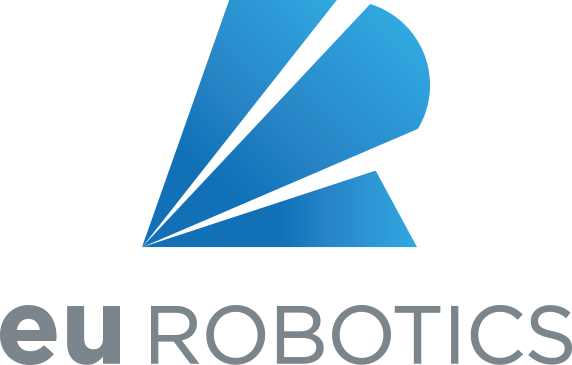The three-day European Robotics Forum 2021 (ERF2021, www.erf2021.eu) has ended much as it started on Tuesday, with more fascinating glimpses into advances in technology that will change our lives and help society tackle major challenges. Here’s a quick gaze through the kaleidoscope on today’s final day of ERF2021, Europe’s influential showcase for the robotics community, delivered as a virtual conference for the first time with over 800 participants.
Among discussions on offer this morning was a session with the tantalising theme: Humanoid robots today and tomorrow. One of the paradoxes of robotics is that what might seem the simplest of movement-related tasks for humans to perform can be very challenging to reproduce in robots. And once robots are taken outside the laboratory conditions and interact with the real world of uneven surfaces and unpredictable obstacles, the challenge grows.
It grows further still once robots begin to interact with humans and safe operation becomes a key consideration. A workshop focusing on safety and standards outlined the Eurobench project (www.eurobench2020.eu) which is developing common standards for two-legged robots, exoskeleton robots and lower limb prostheses.
One of the major benefits of robotics is the ability for work in harsh environments for humans to be carried out effectively without exposing people to a range of hazards, for example during underwater inspections, industrial cleaning or, in the case of another workshop topic, monitoring radioactivity. As this discussion revealed, special sensors are needed to detect certain radioactive rays and to be effective inspections have to get close to the source.
The potential danger to human inspectors is clear – and severe – but the risk of human exposure to harmful radiation can be greatly reduced if inspections are conducted by robots.
Elsewhere on day three of ERF2021, participants were given a snapshot of the state of research in telerobotics as well as some current examples of the benefits of this hugely valuable branch of robotics, for example in minimally invasive surgery, freeing surgeons to use their expertise and producing better outcomes for patients.
The importance of “Embodied AI” for autonomous robots and systems was highlighted during the afternoon’s headline session. The huge benefits for the quality of lives to be gained from robotics in combination with AI were discussed from different perspectives: the view of the European Commission (EC) given by Juha Heikkilä, Head of Unit for Robotics and Artificial Intelligence Innovation and Excellence, an academic view by Fredrik Heintz, professor at Linköping University, Sweden, and two industrial perspectives by Andreas Mandl, Head of Robotics and AI Products at Continental Automotive and Georg v. Wichert, Head of Autonomous Systems & Control at Siemens. The session showed that bringing these closely-related technologies together will provide better services and solutions to serve us in our daily lives, both professionally and privately.
Several sessions were related to projects and initiatives funded by the European Commission, including existing and upcoming networks in AI related technology and Digital Innovation Hubs.
As the end of ERF2021 drew closer, there was still time for an engaging and multi-faceted tour of the University of Twente’s robotics and mechatronics facilities. In yet another powerful example of the contribution of robotics in tackling major health challenges, the tour showed how robotics could greatly enhance medical imaging for the diagnosis and treatment of breast and liver cancer.
And with another flourish, participants viewed footage of a robotic falcon used to deter flocks of living birds from locations where they might cause harm, such as waste dumps, farms and airfields. Much of the present reality of robotics doesn’t reflect the vivid imagery of science fiction, but the robotic falcon came close!
One of the final sessions focused on the more down-to-earth challenges of helping small and medium sized enterprises (SMEs, both start-ups and scale-ups) in the robotics sector to take off and grow. As ERF2021 closed, it was a reminder that robotics is about science, about industry and, of course, about business.
More information:
ERF2021 took place as a virtual event 13-15 April 2021. With over 800 registered participants, ERF2021 covers all aspects and current themes related to the field of robotics. Researchers, engineers, managers, and a growing number of entrepreneurs, businesspeople, and public funding officers from all over Europe came together to discuss technology push and market pull and how innovation in robotics and robotics-related AI can be accelerated. The European Robotics Forum 2021 was organised by euRobotics, a Brussels-based international non-profit association for all stakeholders in European robotics.
Twitter hashtag: #ERF2021

